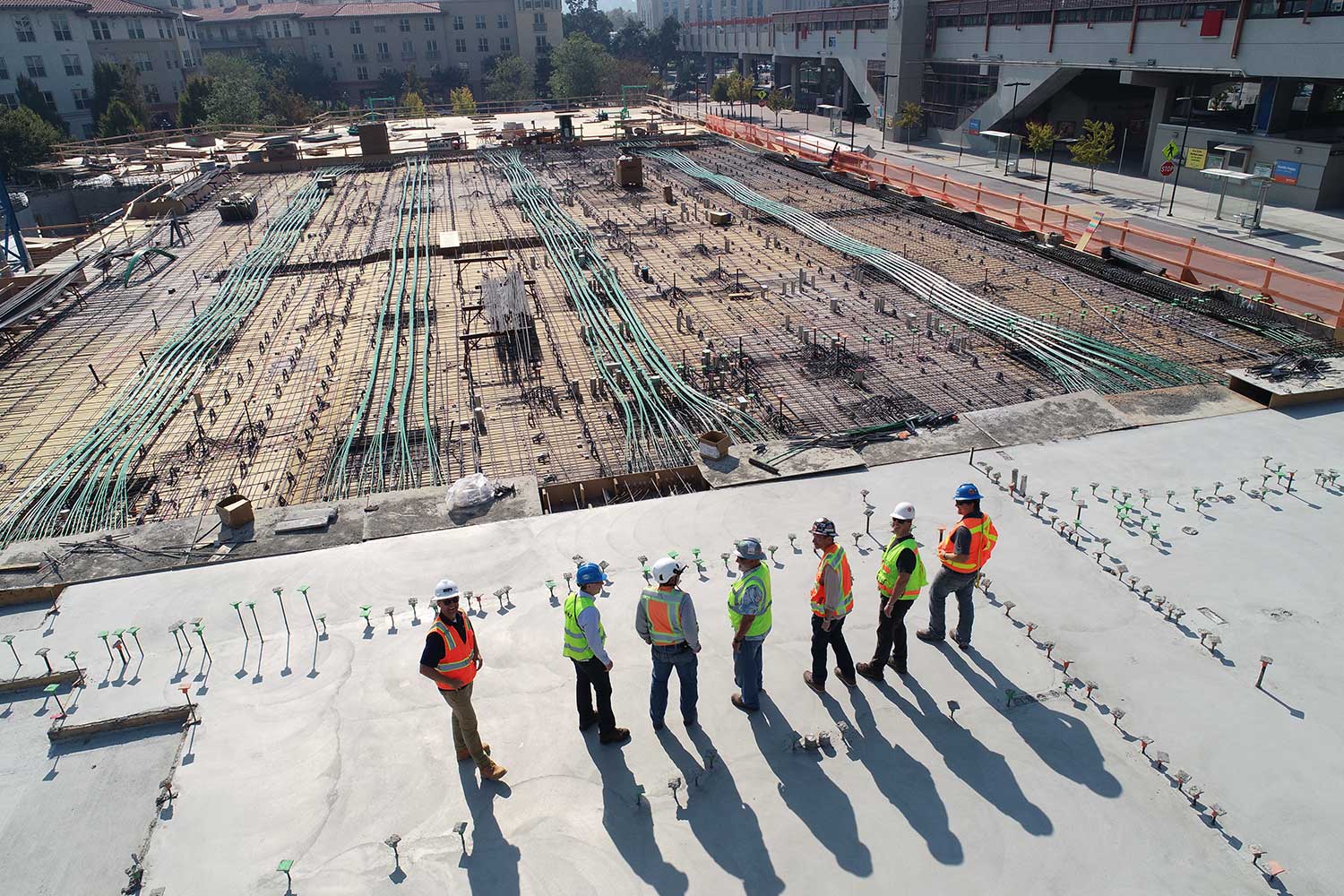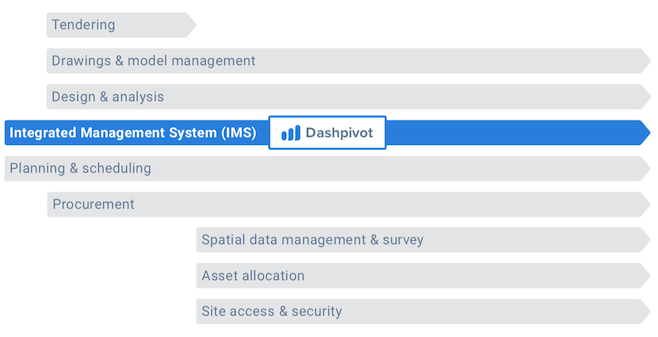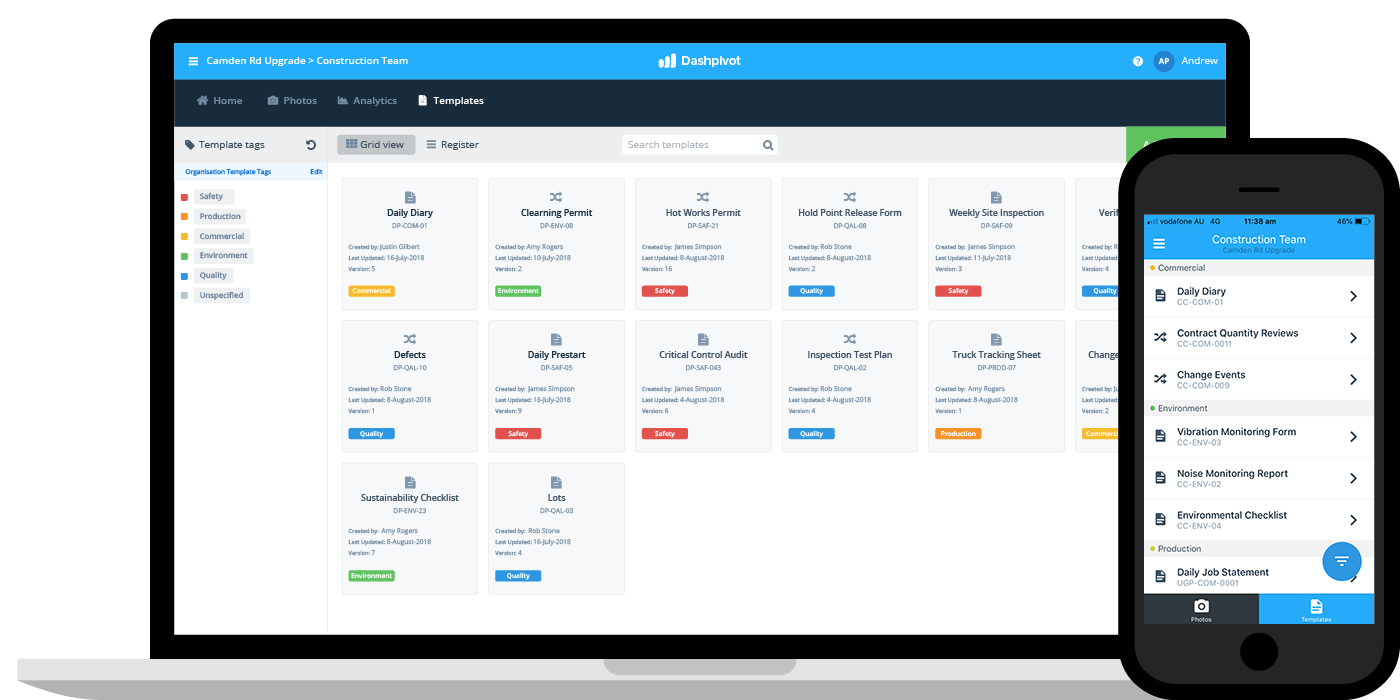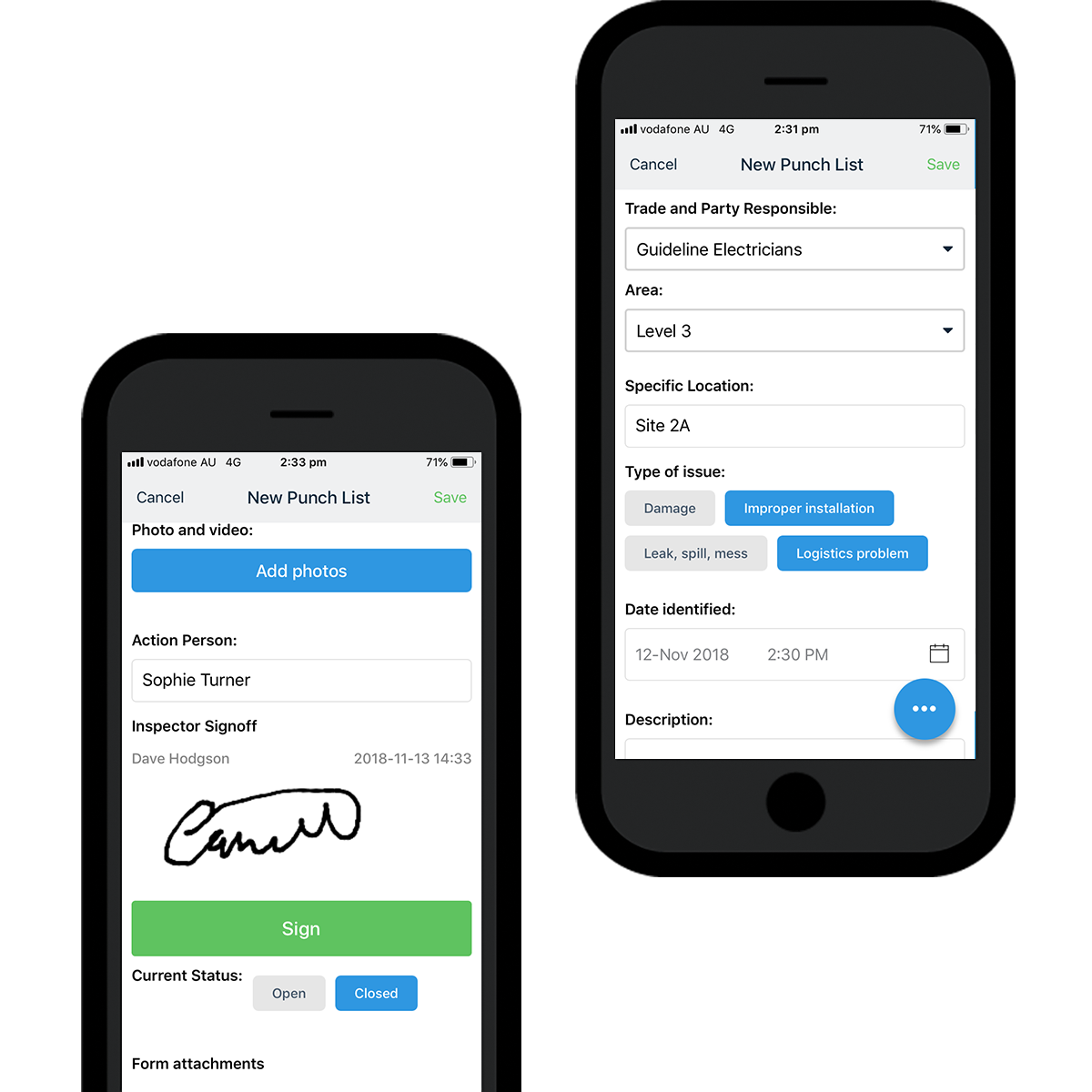Software – Types of project management software

The different types of project management software
What are the different types of project management software?
Project management software has become a pretty big software category or 'bucket' over the years. While this is helpful for ease of classification, it causes some issues for companies who are looking for help with specific elements of project management.
In fact, project management software has become so broad that some industrial and construction companies end up using generic project management software tools rather than construction project management softwares designed specifically for their types of projects.
Even within construction and the other heavy industries, there are multiple repetitive phases of a project, and solving your admin and logistical headaches with the right project management software involves being able to understand which phase you are solving for - which can be tricky in such a convoluted and often confusing software category.
Construction and industrial projects have a number of distinct phases and elements, and the software landscape is no different. Different software tools have been designed to solve different problems in the value chain.

Almost all construction and project-based companies break their own business and functions down into different phases, and yet it has become expected that a single software tool is intended to solve for the entire value chain.
The main phases of any of these projects are:
- Tendering and design
- Project delivery
- Maintenance
While there is some overlap in what areas each software solves for e.g it may bleed from project delivery into maintenance, there are some obvious benefits to be gained from aligning your software stack with the way you deliver your projects.
The main benefit is that just like your projects, specialisation results in better outputs and results. In the same way that an electrical contractor might be able to build a wall, a software company focused on maintenance might be able to build some tools in the design space.
But a company dedicated to building the best tendering and design tool can do a better job. Just like general contractors definitely shouldn't spend it's time building project management softwares.
The other major benefit which is often overlooked is that if you use a single software tool to solve all of these problems, it will become incredibly complicated and expensive.
Software can be hard enough to use, without having to spend 5-10 minutes trying to find the real thing you are looking for, and no one wants to spend $50 per month on a scheduling app if they don't need it, which often happens when a company builds 'everything' into one system.
So what are the different types of project management softwares, and which one or ones is right for you?
Which project management software type is right for you?
We have already discussed how different types of project management softwares get unfairly bucketed together, but what does the actual landscape look like?
There are multiple ways to break the landscape down, but a really illustrative diagram of those different components is below.

People who are familiar with construction and the heavy industries would understand the breakdown of these project components and activities - and probably understand the nuances which make a single software solution difficult to attain.
The key to choosing which software is right for you is first understanding where your current pain points are. While some of this analysis and decision making usually comes down to gut feel, there are two main dimensions which you should be measuring your 'need' by:
- Where does your company spend most of it's time/what types of activities does it engage in most?
- Where are your operations least streamlined, and where could the most efficiencies be gained by using software?
Once you understand these two things, you will be in much better shape when searching for the right software for you.
You may still have to wade through a number of websites, articles etc. to figure out exactly what you are looking for, with some being more obvious than others.
For example, we get a number of different types of searchers coming through the Sitemate website, some of these are people looking predominantly for asset allocaton or planning and scheduling, while others are the perfect fit looking for an integrated management system.

Learn more about the IMS component of your project management.
How many types of project management software is too many?
One of the most common things we encounter when thinking and talking about the different types of project management software is how many is too many?
This is a valid question. Engineers, supervisors and site workers don't want to juggle 5 or 6 different apps every day, and having a bunch of different systems creates the same problems which stem from word docs, PDFs and excel sheets in that you then have to move data between systems - which requires time and admin.
The key to aligning your different types of project management softwares into a cohesive and consolidated stack is to choose your systems wisely; to make each system solve a large enough problem - and to make sure your tools fit well together as well.
The companies who complain a lot about having individual tools are the companies who have completely separate tools for individual tasks or activities like punch lists and change orders.

While these are really important activities and really time-consuming processes for many companies, ideally you want to be able to bundle similar use cases like this into a single system.
These two use cases are closely aligned in that they involve forms, sign off and approvals, and the storage of information and proof. Software does repetitive tasks and use cases better than anything else, and you want to be able to group these types of use cases.
While it may seem intuitive to solve the punch list problem with a dedicated tool in line with the specialisation argument, too much specialisation can be a problem too - in that it's not solving the whole problem.
The other major part of this equation is that you want your tools to be able to speak to each other, integrate with each other, and in technical terms - be interoperable.
Having a number of types of project management software comes at an extremely low cost if they integrate well with each other, and spea to each other.
The difficulty in multiple tools arises when you need to transfer information from one system to another.
So when deciding on tool to solve for that individual headache or element of project management, look at the problem holistically and make sure you are building a comprehensive solution which doesn't add more work to your plate.
Navigating through the different types of project management software can be tricky, and it isn't getting easier with more and more tools and more and more nuanced technologies hitting the market.
The two best things you can do to get it right is to properly assess exactly what you need - and then make sure you are looking at your tools just like you look at your projects and business: holistically.
People in 70+ countries use this project management software to streamline their operations and deliver on time and on budget.
